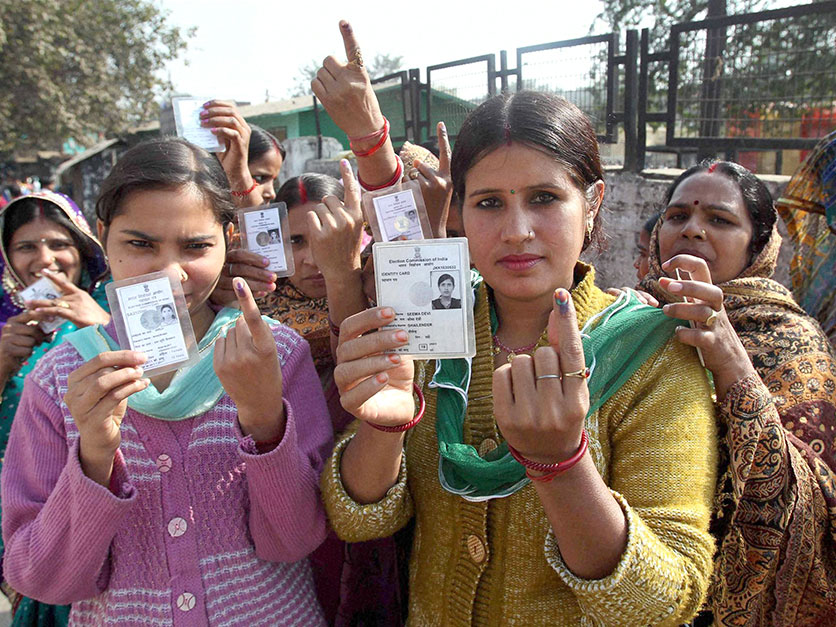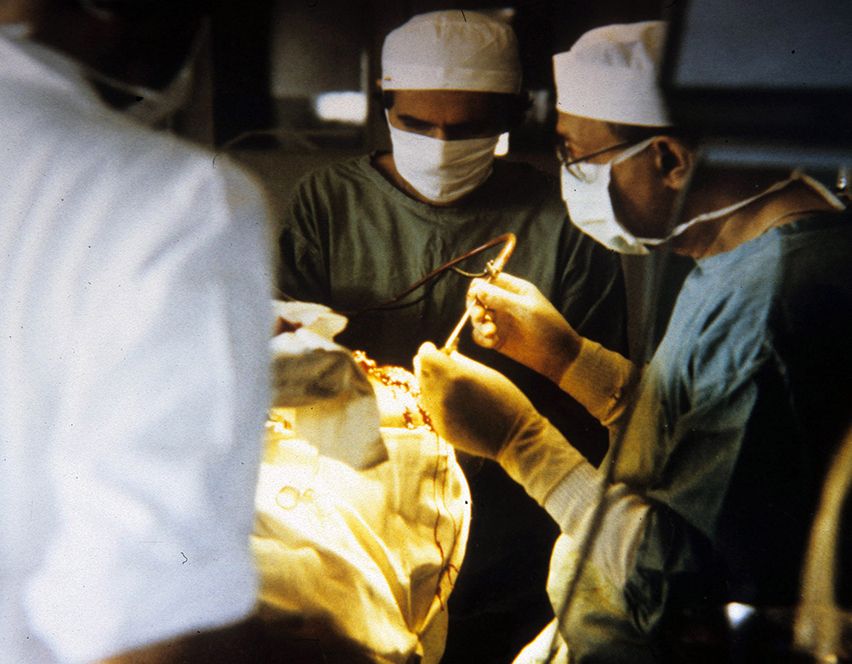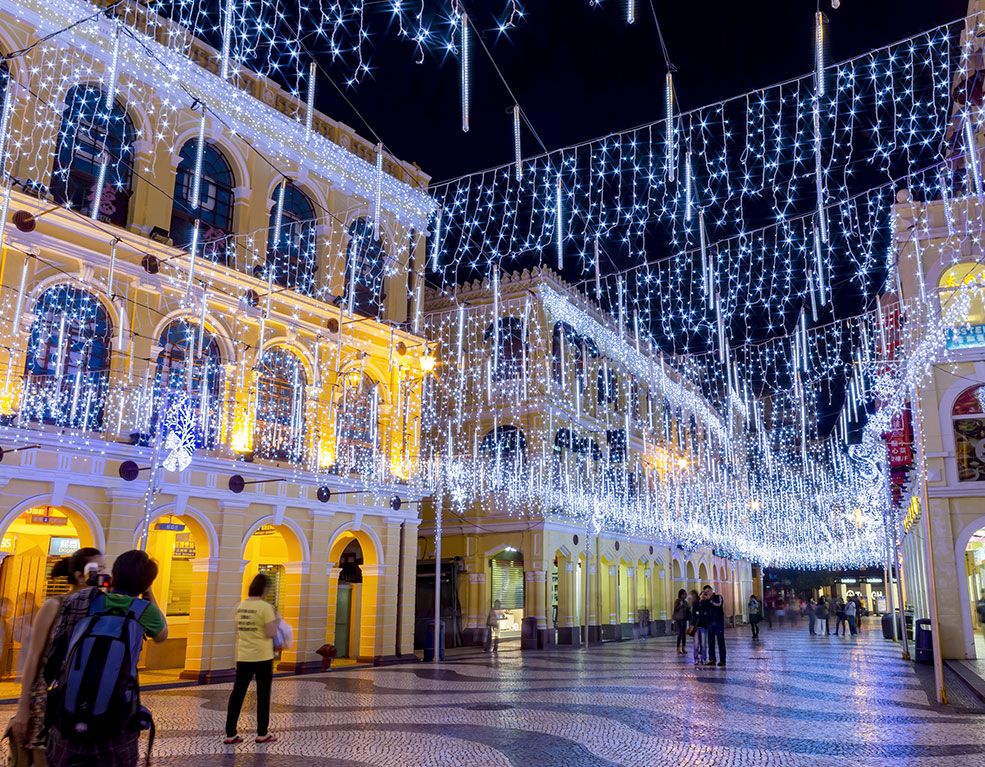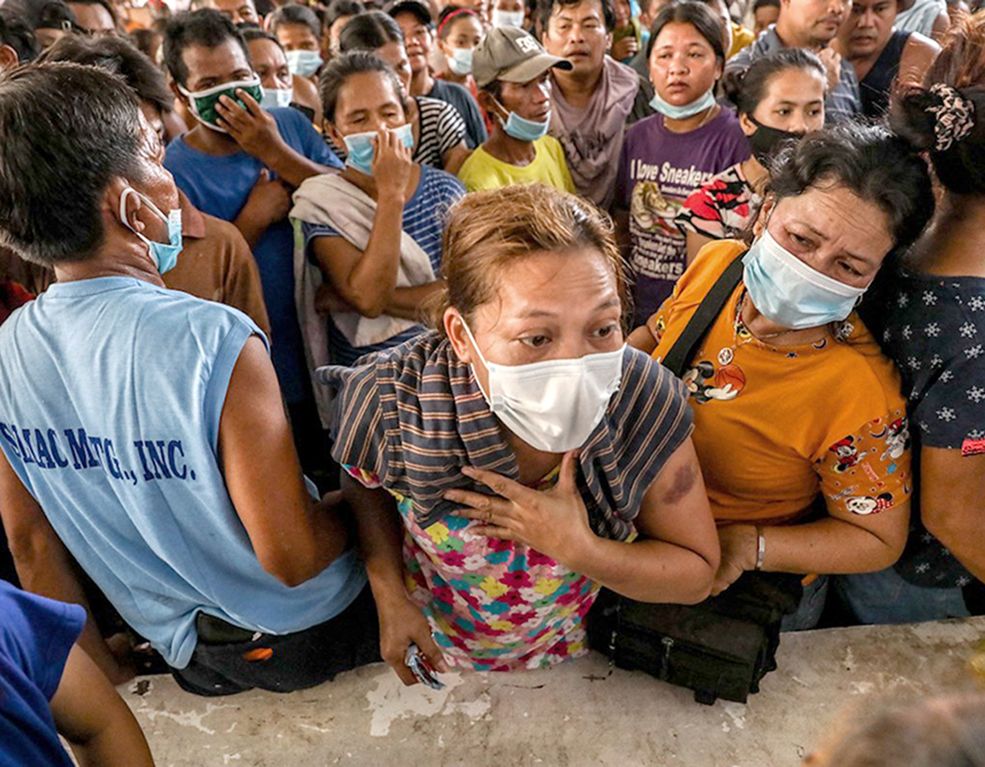Born of a German father and a Korean mother who migrated as a nurse to Germany in the late 1960’s, Fr. Gregory grew up in a rather non-Christian environment. His parents met in West Berlin. His mother was a non-Christian while his father was a Catholic. But his father left the Church and distanced himself from matters of faith. Despite this, the ‘Sower’ scattered abundant seeds into the fertile heart of Gregory. His German grandparents, who were devout believers, taught him how to pray when he visited them in a different part of Germany where they lived. When he was 17 years old, he started reading the Bible. “I got involved in a Christian ecumenical youth organization. The encounter with the Risen Lord in the Bible changed my life. I felt that I wanted to be a committed Christian and, somehow, at that time, I was already embracing a missionary life. Berlin is a secular environment, if not anti-Christian. In my class, there were only two of us practicing the faith – a Protestant companion and myself. I enjoyed engaging others in discussion on religious topics. When I finished high school, theology became my first interest. However, in Berlin, there was no Catholic department of theology,” he shared.
LIFE-CHANGING JOURNEY
At that time, military service was obligatory in Germany. Gregory chose to be a conscientious objector and applied to do social work instead. It was a blessing in disguise! Through the Catholic Church, the opportunity to go to the northern part of Peru, where he worked in an ecclesial human rights organization, opened up. “At that time, although I had not met the Comboni Missionaries yet, the experience gave me an exposure to the world and to missionary work in Latin America. I was so touched by the experience that, later on, I decided to move away from Berlin to study theology, but without any desire yet to become a priest or embrace the religious life. I only knew that faith was important and I wanted to get involved in the Church,” he stated.
The Church in Germany offered employment to qualified lay people upon finishing their professional studies. But while studying, Gregory realized that he wanted to do more. His heart hungered for a more intense experience of God in his life. A Benedictine father, his teacher on the Old Testament, helped him get accepted in their monastery as a guest, so he could devote himself to prayer in search of God’s will for his life. While in the monastery, Gregory discovered his vocation to serve as a priest. “It happened during the Mass for Vocations in May 1998 in the monastery that, suddenly, all my doubts disappeared and I freely embraced God’s calling for consecrated life. I started looking for a missionary congregation where I could serve and fulfill my missionary vocation as well. At that time, a Peruvian friend of mine entered the Postulancy of the Comboni Missionaries in Lima. He became instrumental in my vocational journey. He told me about the Comboni Missionaries whom I came to know were also present in Germany. I went to visit them and, soon after, I took the decision to join them. After completing the formation in the Postulancy in Innsbruck, Austria, I went to the Noviciate in Venegono, Italy and, from there, I was sent to the Scholasticate in Nairobi.” After completing his studies in theology, he studied at the Maryknoll Institute of African Studies in Nairobi.
Gregory’s mother, who was raised with no particular religion, was no mere spectator to her son’s journey. He vividly remembers: “When I started my vocation journey, she visited me in the Postulancy and, then, for Christmas in the Novitiate. She felt so warmly welcomed that she desired to become a Christian. So she decided to enter the adult catechumenate in Berlin.” June 12, 2005 became a memorable date for both mother and son. On that joyful day, Gregory made his first religious profession, while his own mother was baptized as a Catholic. She, herself, started a new life and a new journey.
Tali Post in South Sudan became his home for two years of missionary service while waiting for his ordination to the priesthood. From 2009 to 2011, he shared his enthusiasm for mission with the Mundari people in Tali and opened a primary school in the name of the diocese where he worked as director. There, he felt at home. The demands of mission, far from deterring him to pursue his dream, moreover confirmed that his life was meant for missionary service. Soon after his ordination to the priesthood in his hometown of Berlin in March 2011, he was asked to lend his support to the missions in South Sudan. After working for a few more months in Tali, he was asked by his provincial to move to Old Fangak among the Nuer people because, at that time, there was only one missionary left in charge of a territory far larger than Tali parish.
THE LIFE AND CULTURE OF THE NUERS
“Old Fangak seems to me the remotest mission we have in the entire South Sudan. There are no roads; therefore, we have no vehicles or motorcycles. It takes two days by boat to reach the nearest town, Malakal. Old Fangak has no public power supply, nor mobile network. We are lucky that there is an NGO that offers internet service via satellite so we can communicate, though not regularly as the service is not always functioning. Here, I learn the limits of resources and communication,” Fr. Gregory said. He, however, was not alone. With him in the community are three missionaries: Fr. Christian Carlassare from Italy, who has been there for seven years and speaks the language well; Fr. Alfred from Uganda; and a scholastic from Ethiopia, Sc. Ketema Dagne Tadesse, who is doing his two-year missionary service, as Fr Gregory did in Tali.
The life of the Nuers is centered around the herding and exchange of cattle. Historically, cattle have had the highest symbolic, religious, and economic value for the Nuers, and have played an important role in most aspects of life. Cattle are particularly important in their role as dowry by a future husband’s family to his future wife’s family. They also played a role in sacrifice. While the Nuers eat beef at celebrations after sacrifices, most of the food they consume consists of milk, fish, sorghum, corn, and a few vegetables such as okra, beans and pumpkins, all of which are grown or caught for sustenance and not for sale. The Nuer people generally live in temporary circular mud houses with thatched roofs. When rivers rise during the rainy season, people move to settlements on higher ground. During the dry season, some family members move with the cattle to the lower areas toward the river and live in grass shelters. Men also dedicate themselves to fishing with spears or nets.
Marriage is an important part of Nuer culture, as in any place in Africa. Polygamy is the common family model, and men will often have several wives in various villages. Once a woman is married, she is expected to remain loyal to her husband, and sexual encounters with other men are treated as adultery. But it is only the man who is punished as a perpetrator, a violator of the property rights of another man. This shows that women are not considered as autonomous persons who can “sin.” Rather, they always belong to a man: the father or the husband. The same thought is expressed in the ninth commandment, which states that it is a crime to covet the neighbor’s wife (Deut 5:21), but not the neighbor’s husband.
Marriage consists of a series of complicated ceremonies, the first of which involves the presentation of the dowry to the bride’s family. Marriage is not considered complete until the first child is born. This child connects the husband and wife’s lineages. After the birth of a second or third child, the marriage is considered stable, and none of the bride’s wealth would need to be returned if ever the couple would divorce. It is important for Nuer men to have at least one male heir. If a man dies before he is able to do so, one of his relatives should marry the wife in his name, and have children in behalf of the deceased brother. This custom is known as ‘ghost marriage.’ It is not uncommon, therefore, that talk among young ladies is often about the children they long to have. Fr. Gregory, who is an attentive pastor, shared: “Recently, I overheard a conversation between two young girls, who were 14 or 15 of age, enthusiastically talking about the ideal number of children they wish to have. One mentioned 6 while the other said: 10! Generally, a woman is not accepted as an authority in the community if she didn’t raise a good number of children – let us say, starting from 5 children. Because the mortality rate of infants here is very high due to lack of health care; those two girls plan to get pregnant many times more than the ideal number of children they want to have. We do have a small clinic in the village but due to long distances, only a small number of women come to bear their children in the clinic. The mortality rate of women while giving birth is 1:15 in South Sudan, probably the highest in the world.”
The Nuers receive facial markings, called Gaar, as part of the rite of passage, initiating them into adulthood. The initiation pattern consists of six parallel horizontal lines across the forehead. Dotted patterns are also common as decoration for the face and body. However, tribal conflict has forced many Nuers to flee their land, precluding the chance for a harmonious human and cultural development. These refugees now find themselves in contact with foreign cultures, both in East African countries and Western countries. Today, the Nuers face the challenges common to all traditional cultures: how to relate to the broader human society with its modern technology and lifestyles, and yet, maintaining their unique culture and identity.
MISSIONARY PRESENCE IN FANGAK
A missionary never starts his work from scratch. The Lord opens ways and precedes every missionary in the arduous work of evangelization. At the time of British colonialism, the evangelization of the Nuers in Jonglei State was entrusted to the American Mission and the Presbyterian Church. At the beginning, the Nuers were mostly indifferent and unreceptive to the person of Jesus and the values proposed by the Gospel. The Presbyterian Church had to wait until the 1970’s for their work to bear fruit. During the civil war, a lot of people of the Fangak area left their land in order to find protection in Khartoum. There, they came in contact with the Catholic Church, and some were baptized. The Comboni Missionaries Fr. Ferruccio Rovelli, Fr. Elvio Cellana and Bro. Michele Sergi are recognized as the “fathers” who first led them to the faith, without forgetting the lay catechists and teachers who also accompanied them in the catechumenate and in the different formation activities. Some of the Christian Nuers went back to their homeland with the mandate to share their faith and build Christian communities. In 1980, the first group of catechumens, taught by a catechist, were baptized by Fr. Elvio Cellana in Phom, 50 kms away from Old Fangak.
When the second civil war broke out in 1983, the small Catholic community of Phom became scattered. Several people fled the area to find safety in the refugee camps of Ethiopia. Life in the refugee camps brought people closer to each other, more open to learn from one another, ready to let themselves be questioned by the novelty of the Gospel. It was during this experience when many lay Catholic leaders started their formation activities. Many people were baptized. Among them was Joseph Pal Mut. He became an outstanding example of an inspiring leader who dedicated himself to serving Catholic communities. In his 14 years of ministry until 1990, he had taught and baptized over 20,000 adults.
A GROWING COMMUNITY
Meanwhile, other positive developments transpired in Fangak. From 1988, some lay people started teaching and opening small Christian communities, an outpouring of blessings that made the Church blossom on seemingly ‘rocky soil.’ However, obstacles were also present. The Presbyterian pastor in charge of the area disliked the new Catholic communities, considering converts as defectors from his church. He tried, without success, to stop these catechists from teaching the Catholic faith. He went as far as getting some of the Catholic leaders arrested by the local authorities in 1991. Fourteen catechists were put into prison. For twelve days, they remained incarcerated before being released. The local army commander called them to a meeting and ordered them to stop teaching the Catholic faith. Moreover, he told them that Presbyterian evangelists would be allowed to pray in the Catholic chapels and teach catechumens. The catechists pretended to agree to this. In the end, no Presbyterian evangelist entered a Catholic chapel to teach the people. Instead, people felt compelled to open new chapels. As St. Daniel Comboni would say: “The works of God are born at the foot of the cross.” Then, in 1991, a new army commander granted official permission to the catechists to do their pastoral work among Catholics.
Fortunately for Fr. Gregory and his companions, the tension with the Presbyterian Church has died out: “The Presbyterians wished to follow the British colonial model where each church was given a separate territory. But because of the movement of people, this agreement made no sense anymore. Protestant churches worked already in former “Catholic” areas. One also needs to know that the majority of the Nuers were, at that time, and still are, not Christians. The catechists had no intention to fish in other churches’ waters, but to accompany the existing Catholic communities and to reach out to non-Christians. Today, relations among churches in our area are hospitable. We also pray together.”
CATECHISTS AND TEACHERS
In 1996, then Bishop Paride Taban facilitated the entry of a community of Comboni Missionaries in a Nuer-inhabited area, which was opened west of the river Nile. Three years later, Fr. Antonio La Braca settled in Old Fangak, east of the Nile, marking the erection of a new parish which was eventually named “Holy Trinity.” Even though he was alone for several years, Fr. Antonio was aided by the precious collaboration of the faithful, especially the catechists. He made a great impact on the community and improved Catholic-Presbyterian relations.
Fr. Gregory witnessed the centrality of the work that the catechists do, as they did during Fr. Antonio’s time, when he arrived in Old Fangak in January 2012. He disclosed: “We have around 20 to 30 catechist to whom we offer a formation course twice a year. In the daily work, they are demanded by the people as what a parish priest would do: leading the liturgical prayer, teaching, visiting the sick, etc. Because of their education and service, catechists are perceived as being on the level of a local Presbyterian pastor. Also the requirement to marry maximally one wife is the same for both types of ministry. This is quite difficult to accept for Nuer men because having many wives raises the status of the husband. We, Combonis, visit the far-distanced villages maybe once or twice a year while the catechists are the ones keeping the Christian community together and in fervent faith. Some are well prepared, have idealism, spirit of sacrifice and goodwill. However, there are still other catechists with little formation or who lack enthusiasm that such a work demands. We are depending largely on their help and so are the different Christian communities. Therefore, they are, as of now, our great pastoral concern. Our catechists work without pay which is not a common policy in the diocese.”
It takes five or six days, by foot, to reach the farthest communities. From the center, the missionaries cover an area of thirty to forty thousand square kilometers. In such a vast area, the four missionaries seem like “a drop in the bucket.” Most of the pastoral outreach is made possible through the catechists who stay in the villages. Despite the enormous distances, the lack of roads and means of transportation, the missionaries still manage to visit the communities once or twice a year.
“Aside from the pastoral concerns, we cannot afford to ignore the need for education,” Fr Gregory stated. The rate of illiteracy is about 98% in the area of Old Fangak. Certainly, this is not so surprising considering that, in the whole of the country of South Sudan, the rate of illiteracy is as high as 80%. In his pastoral visits to the communities, Gregory often asks: “Who can read? In the best of cases, I may get one or two men who answer positively. Women outside Old Fangak are practically all illiterate.” The public schools system does not work in the villages. So, the missionaries have also assumed education as one of their priorities. They encourage the villages to open satellite schools for basic education up to Primary, Level 4. These are organized by volunteers because either the government does not send teachers, or the teachers refuse to go to such remote and isolated places. The more educated the teachers are, the more they will refuse to go to the countryside because they can easily find a job in town.
How, then, does one develop education in these poor and remote areas? Formation is the answer. The Combonis choose volunteers from the communities, send them to a teacher training center, and then deploy them to the different communities where they will receive compensation from the community they are serving for the work they do. If the community cannot pay with money, it will share part of the harvest so that the teacher may have food. This system has its flaws and difficulties. “We manage to have teachers undergoing the training and ready to go to the different areas but, then, to collect the contribution from the communities is very difficult. Unfortunately, the state is doing nothing to help education reach the farthest areas. We get no subsidy or any technical help to foster education in these areas from local authorities. But we try to do what we can,” Fr. Gregory lamented.
SIMPLE LIFE AMONG THE NUERS
“Being among the Nuers, we have made an option to live a simple lifestyle, trying to be close to the people, sharing their way of life as much as possible. That implies that we don’t want to own or use things that couldn’t be shared with the local people. We also cook for ourselves, wash our clothes and clean our compound. We employ nobody, and every manual work organized for the parish is planned and executed together. We, Combonis, live together with the parishioners.” These words seem to fulfill Fr. Gregory’s desire to be in the right place where he can express the same passion St. Comboni had for the poorest of the poor.
He added: “We have about 10,000 Catholics in our parish. There is a second Nuer parish and an even bigger number of Presbyterians and some other Protestants. But compared to the total Nuer population of 1.8 million, Christians are a minority. I am happy to share my life with the Nuer people and I truly believe that it is worth to entrust our life and the lives of the people here to Jesus in these remote lands.”
TRIBAL CONFLICT
Hostilities broke out again in South Sudan in December 2013 between rival factions of President Salva Kiir, a Dinka, the largest ethnic group, and the former Vice President Riak Machar, a Nuer (the second largest ethnic group). It started as a political conflict within the ruling SPLM party whose military arm fought the long civil war against the Arabic government of Sudan. Because the ethnic identity is very strong among South Sudanese, it has developed into a tribal civil war where not only Nuer rebel forces fight against government troops. Civilians from one group are also killed by civilians from another group to avenge the loss of family members. It is a cycle of violence and blood revenge that is difficult to stop. The failure of the state to deliver basic services, such as education, health care and infrastructure, has disappointed the people and has made them rely on traditional family relations, as they are used to. The national identity is an abstract concept, celebrated since the county’s independence in 2011, but with no actual significance in daily life. Under this situation, old ethnic prejudices and resentments among Dinka and Nuers have inflamed half of the country. There are already more than half a million internally displaced people and refugees, and over 10,000 people killed in battles and by lynch mobs.
For now, Old Fangak itself is a safe place because it is not ethnically mixed. Because of its remote location, the place has no strategic importance, and it is unlikely that the government will try to attack it. For this reason, a lot of refugees have chosen Old Fangak to stay in with their relatives. Fr. Gregory and his companions continue to hope and pray that the peaceful and stable situation in Old Fangak will remain in the months to come.





























